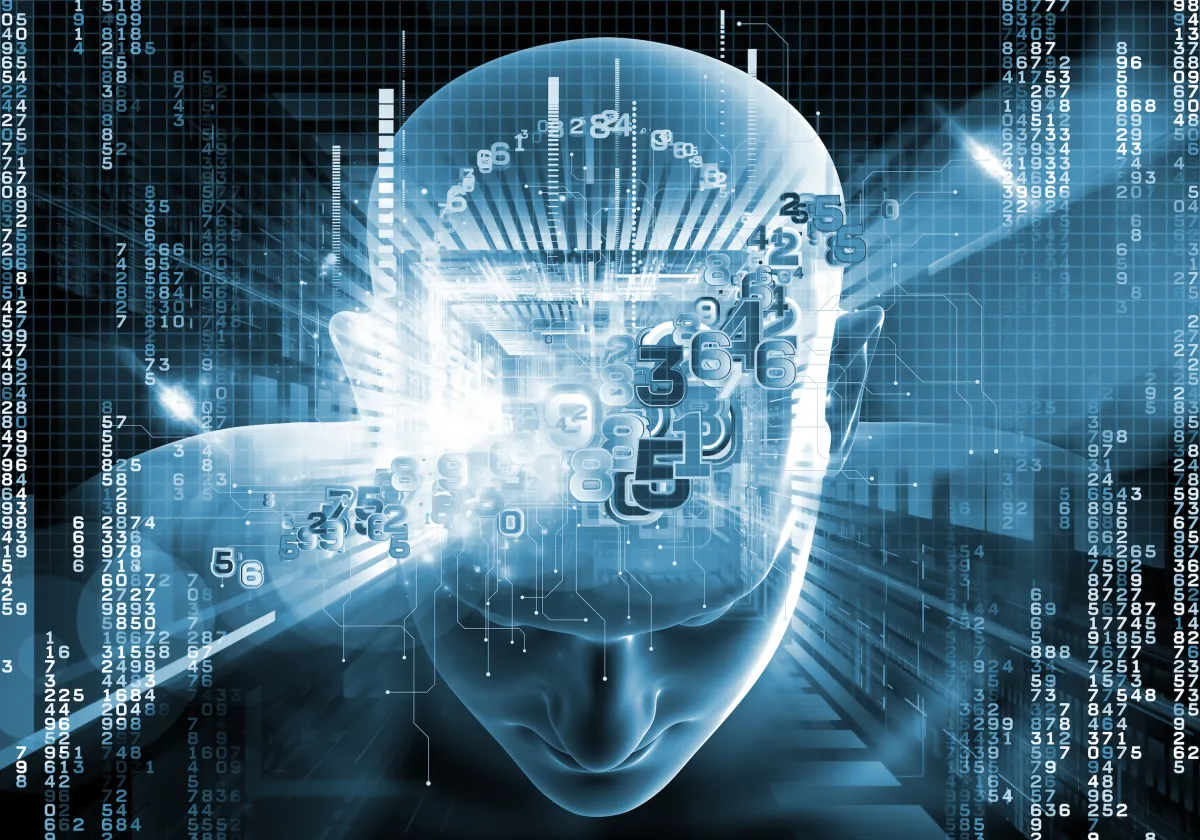As a student of Computer Science or IT, you must have learned about data manipulation and its role in development. You must also be familiar with AI (Artificial Intelligence) and how the various technologies of AI, like machine learning (ML), help to build predictive models and implement different systems through the lifecycle of an application.
However, an AI ML Certification will help you understand what sets them apart, and where the application of each can be leveraged to get the most out of the predictive model.
Companies must understand the core differences between AI and ML to reap their benefits and know their limitations before applying them to any business project. In these two examples of AI, the difference lies in the logic that sets them apart and the rules on which the systems operate via techniques called algorithms.
Let us explore the two: the rules-based system vs. the learning-based approach.
What is a Rule-Based System?
A rule-based system is a system that applies man-made rules to data processing. The algorithm is manually coded by a human. It mimics human intelligence to store, sort, and manipulate data. Rule-based systems require basic information and data, and a set of rules for manipulating the data. These rules are also referred to as ‘If statements’, as they follow the logic of ‘IF X happens THEN so does Y’. The rules-based system is a logical program for devising pre-defined rules that help to arrive at deductions and perform automated actions.
Rule-based systems follow the rules made by humans. However, they don’t change or update on their own, and neither do they learn from mistakes. In development, rule-based systems are explicitly stated and based on static models, and knowledge is encoded as rules. The developer defines the relationship and patterns in the data and the machine follows the rules or set of instructions declared by the developer, to perform the developing tasks accordingly.
In development, these rules are coded into the system as if-then-else statements. The rule-based system is limited in knowledge or ability to simulate intelligence. So for any challenge that does not have any rules, the problem cannot be solved. Thus, rule-based systems can implement only narrow AI and cannot solve problems in multiple domains.
Besides, rules cannot be added to the knowledge base as the maintenance of the systems becomes time and resource-intensive. This makes the learning-based approach more attractive.
Also in instances where hundreds or thousands of variables exist in a single project, it can limit the creation of an exhaustive set of rules. Again, this is where machine learning stands out as the preferred system because it can easily incorporate many variables without making the model cumbersome.
What is a Learning-Based approach?
Learning systems create their models. The relationship and patterns in the data are not defined by the developer. Random data is fed to the machine and the machine models on its own. It figures out the patterns and trends for the development tasks. The learning-based approach is used when data is not labeled, or too random to make any sense.
A suitable AI model is selected with a matching large dataset. The algorithm analyzes the dataset for relationships and the logic is embedded in the algorithm. This type of learning model trains itself and learns from the given training data, building a relationship between the data and outcomes,
The decision, of whether to deploy a rule-based system or learning system depends on the organizational needs and how rigidly you want parameters to be. While rules-based AI models are suited to simplistic problems with less and static datasets, thus avoiding black box training, machine learning is suitable for handling complex issues with a variable environment.
Additionally, one needs to trade-off between efficiency, costs of training, and complexity of data.
Rule-Based AI vs. Machine Learning for Development
When a company chooses to automate business problems, it always has the option of using either use rule-based systems or machine learning systems. Each comes with its set of strengths and weaknesses, and the choice of deployment must depend on the type of process to automate and the business goal.
The difference between rule-based AI and machine learning systems are as below:
A. Occurrence of events
Rule-based AI modeling is deterministic in which the occurrence of all events is known with certainty. But machine learning for development is probabilistic, where the exact output is not known. It is because rule-based AI models are static, whereas machine learning systems continue to evolve, develop and adapt their development environment with additional training data by utilizing statistical rules.
B. Scale of project
Another difference is the scale of the project. Rule-based AI development models are not scalable, whereas, machine learning systems are easily scalable.
C. Data needs
Rule-based AI models can manage with simple basic data. However, machine learning systems require more training and demographic data. Herein, the advantages of the learning-based approach make it possible to change or add to existing knowledge with rules build on the fly. The neural network in AI is an example of a learning-based system.
D. Defining the rules
With rules-based systems, the logic for how the decisions are made is defined. In machine learning, the programs figure out the rules iteratively on their own.
E. Changeability of values
Rule-based AI systems are immutable as the value is unchangeable. But machine learning models are mutable objects where values can change, enabling enterprises to transform the data with mutable coding languages such as Java.
The machine learning system defines its own set of rules based on the patterns in the training data. It constantly evolves and adapts using statistical models. Thus, machine learning models require more data than rule-based models.
F. Applications
Rule-based AI models are utilized in the following scenarios:
- When there is a risk of error
- Speedy outputs are required
- A lower volume of data exists
- Straightforward rules apply
- When machine learning is not planned
Machine learning models are utilized in the following scenarios:
- When there is a high pace of change in the data
- When thousands of relevant data records are available
- Set rules or simple guidelines cannot be applied
- Pure coding processing is applied
- Where the need for modifications in a rules-based system becomes critical
Conclusion
AI rule-based models and machine learning systems have their advantages and disadvantages. Which approach is appropriate depends on the problem and other factors.
Sometimes, new business projects use a rule-based model, to begin with, while understanding the business and later moving on to machine learning systems when they have more data and constant improvement is possible with algorithms and data preparation.

